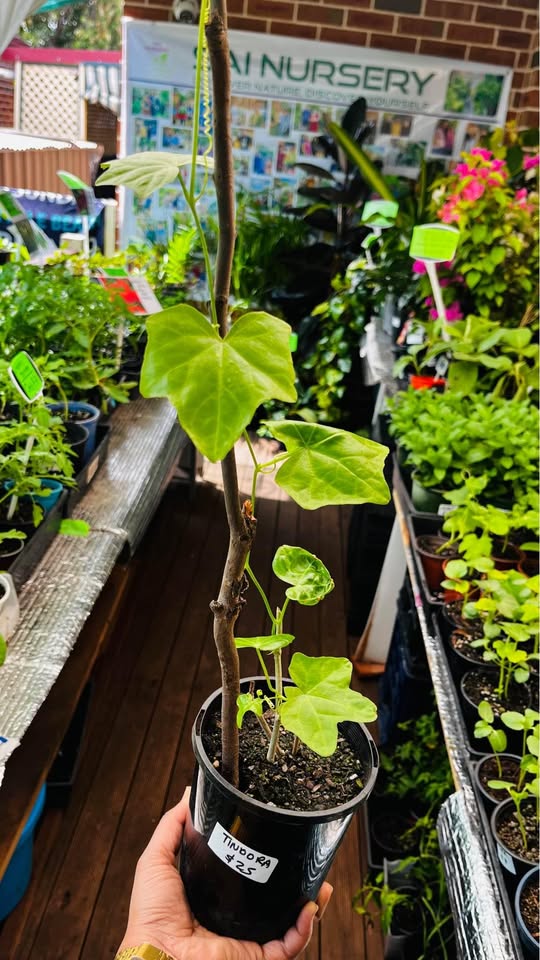Top Tips for Growing a Healthy Tindora Plant in Sydney
Are you looking to add a vibrant, easy-to-grow, and versatile plant to your garden? Consider the Tindora plant in Sydney. Known for its delicious fruit and hardy nature, the Tindora plant, or Ivy Gourd, is a great choice for home gardeners. With the right care, it thrives in Sydney’s climate
Are you looking to add a vibrant, easy-to-grow, and versatile plant to your garden? Consider the Tindora plant in Sydney. Known for its delicious fruit and hardy nature, the Tindora plant, or Ivy Gourd, is a great choice for home gardeners. With the right care, it thrives in Sydney’s climate, offering a bountiful harvest and an aesthetic addition to your green space. Here are some tips to help you grow and nurture a healthy Tindora plant in Sydney.
1. Ideal Growing Conditions
The Tindora plant flourishes in warm climates, making Sydney's mild winters and hot summers ideal. Choose a spot in your garden that receives ample sunlight for at least six to eight hours daily. A well-drained, nutrient-rich soil with a slightly acidic to neutral pH (6.0–7.0) ensures optimal growth.

2. Planting Your Tindora
To get started, select high-quality Tindora seedlings or cuttings. Space the plants about 1–2 feet apart to allow adequate room for their vining growth. Adding a trellis or support system encourages vertical growth and makes harvesting easier.
3. Watering and Feeding
Regular watering is essential, especially during the early stages. Keep the soil consistently moist but not waterlogged to prevent root rot. During the growing season, feed the plant with a balanced organic fertilizer or compost every 2–3 weeks. This promotes healthy vines and boosts fruit production.

4. Pruning and Maintenance
Pruning is key to managing the Tindora plant’s vigorous growth. Trim back excessive vines and any dead or damaged leaves. Regular pruning improves airflow, reduces the risk of pests, and encourages better fruiting.
5. Pest and Disease Management
While the Tindora plant is relatively pest-resistant, occasional issues with aphids, whiteflies, or fungal diseases may occur. Inspect your plant regularly and use natural remedies like neem oil or insecticidal soap if needed.
6. Harvesting Tips
Tindora fruits are best harvested when they are small and tender, typically 60–70 days after planting. Overripe fruits can become tough and less flavorful. Frequent harvesting encourages the plant to produce more fruit.

Plan Your Visit
Are you ready to bring the Tindora plant in Sydney to your garden? Whether you're an experienced gardener or a beginner, this low-maintenance plant is a rewarding addition. Plan your visit to explore our selection of healthy Tindora plants and get started on your gardening journey today!
Elevate your garden and enjoy the delightful taste of homegrown Tindora – a perfect combination of beauty and bounty.
